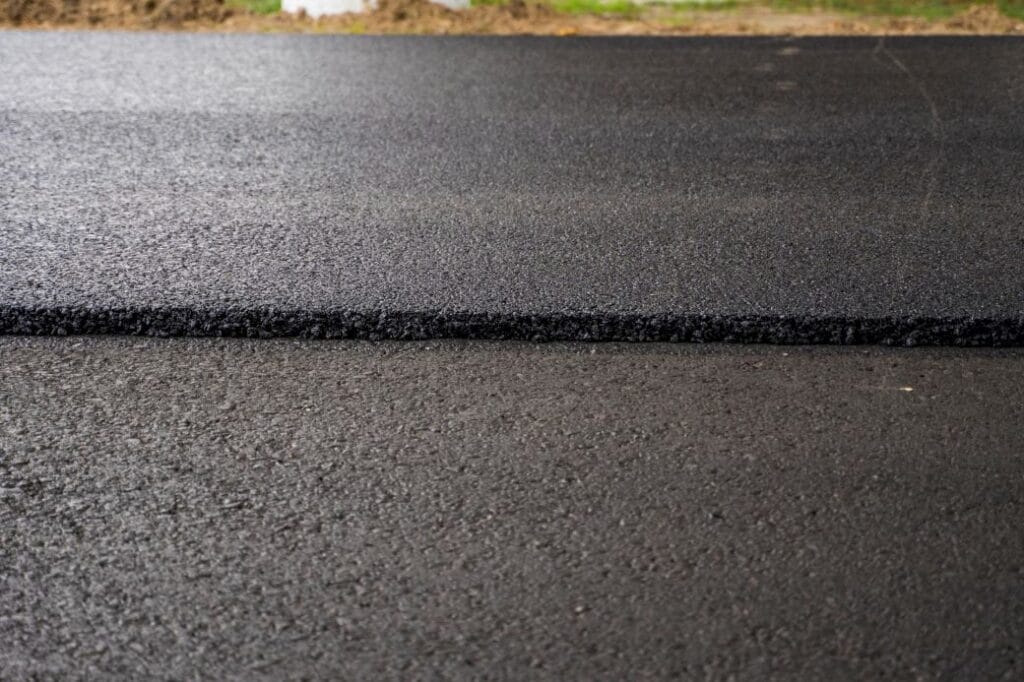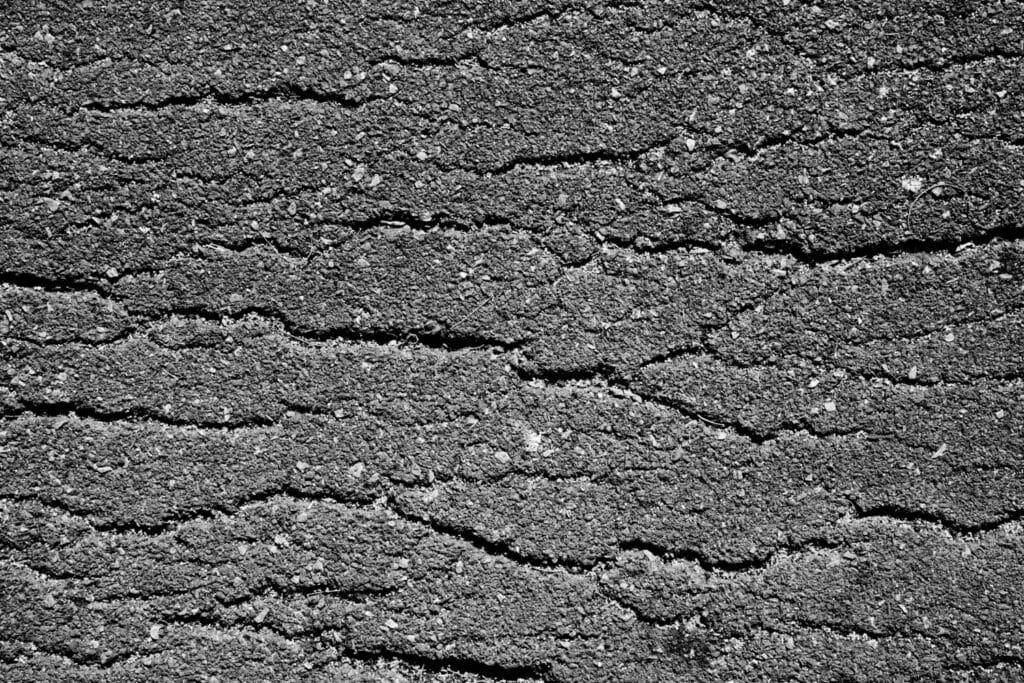Asphalt surfaces are the unsung heroes of our daily commutes, withstanding the weight of vehicles, the constant footfall of pedestrians, and the ever-changing whims of the weather. Weather conditions play a pivotal role in the health and longevity of asphalt surfaces, impacting their structural integrity, appearance, and overall performance. In this extensive exploration, we’ll delve into the multifaceted ways in which weather affects asphalt surfaces, and why proactive measures, such as those provided by Reid Paving, Inc in Carroll County, GA, are crucial for maintaining resilient and enduring pavements.
The Heat Wave:
Understanding the Impact of High Temperatures
Softening and Rutting
As temperatures rise, asphalt surfaces become susceptible to softening, a phenomenon where the asphalt binder in the pavement becomes more pliable. This softening can lead to rutting, especially in areas with heavy traffic. The constant pressure from vehicles can cause the softened asphalt to deform and create depressions or ruts on the surface.
Oxidation Acceleration
High temperatures accelerate the oxidation process of asphalt. Oxidation occurs when the asphalt binder reacts with oxygen, causing it to become brittle and more prone to cracking. Prolonged exposure to intense sunlight can expedite this process, resulting in premature deterioration of the pavement.
Fading and Color Changes
UV rays from the sun can cause the asphalt surface to fade over time. This not only impacts the visual appeal of the pavement but also indicates potential damage to the asphalt binder. Faded asphalt is more vulnerable to the detrimental effects of weather, including cracking and the penetration of water.
Cold Snaps and Their Toll on Asphalt Surfaces
Freeze-Thaw Cycles
In colder climates, the freeze-thaw cycle is a significant concern for asphalt surfaces. When water seeps into cracks in the pavement and subsequently freezes, it expands, exerting pressure on the surrounding asphalt. The expansion and contraction during freeze-thaw cycles can lead to the development of cracks, potholes, and other forms of pavement distress.
Brittleness and Cracking
Extreme cold can render asphalt surfaces more brittle, making them susceptible to cracking. As the asphalt loses flexibility in low temperatures, the likelihood of developing cracks increases. These cracks, if left unaddressed, can compromise the structural integrity of the pavement.
Deicing Chemicals Impact
In an effort to combat icy conditions, deicing chemicals are often used on roadways. While these chemicals effectively melt ice, they can have detrimental effects on asphalt. The repeated application of deicing agents can accelerate the deterioration of the asphalt binder, leading to surface damage and reducing the overall lifespan of the pavement.
The Dance of Rain and Asphalt:
Managing Moisture
Water Intrusion and Erosion
Water is one of the most significant contributors to asphalt damage. When rainwater infiltrates cracks and porous areas in the pavement, it compromises the underlying layers. Over time, this can lead to erosion of the subbase and create voids beneath the surface, ultimately resulting in structural issues.
Pothole Formation
Potholes are a common consequence of water damage. The infiltration of water, coupled with the freeze-thaw cycle, weakens the asphalt and creates conditions conducive to pothole formation. These depressions not only pose hazards to drivers but also signal a need for immediate pavement repair.
Moisture and the Growth of Vegetation
Moisture-laden areas can encourage the growth of vegetation through the asphalt surface. Plant roots can penetrate the asphalt, exacerbating existing cracks and causing further damage. This not only compromises the pavement’s integrity but also detracts from its visual appeal.
Wind, Storms, and the Physical Wear on Asphalt
Wind Erosion
High winds, especially in arid regions, can carry abrasive particles that physically erode the asphalt surface. Over time, this erosion can lead to the loss of fine particles, resulting in a roughened and worn-out appearance.
Stormwater Runoff Challenges
Storms bring not only rain but also the challenge of managing stormwater runoff. Improper drainage can lead to pooling water on the asphalt surface, increasing the risk of erosion, water infiltration, and other weather-related damages.
Impact of Falling Debris
Storms can bring not only rain but also the risk of falling debris. Tree branches, hail, and other debris can cause physical damage to the asphalt surface, including dents, cracks, and surface abrasions.
The Reid Paving, Inc Solution:
Weather-Resilient Pavements in Carroll County, GA
Understanding the intricate dance between weather and asphalt surfaces underscores the importance of proactive maintenance and the application of weather-resistant solutions. This is where Reid Paving, Inc emerges as a beacon of reliability and expertise in Carroll County, GA, and the surrounding areas.
Expert Assessment and Consultation
Reid Paving, Inc begins by conducting a comprehensive assessment of the current state of your pavement. Our team of experts evaluates the specific challenges posed by the local weather conditions and provides tailored recommendations to address them effectively.
Seal Coating for Comprehensive Protection
Seal coating is a cornerstone of Reid Paving, Inc’s services, offering a protective layer that shields asphalt surfaces from the adverse effects of weather. This cost-effective solution provides resistance to UV rays, prevents oxidation, and enhances the overall durability of the pavement.
Asphalt Repair and Patching
Addressing cracks and potholes promptly is crucial for preventing further damage. We employ state-of-the-art techniques and materials for asphalt repair and patching, ensuring that your pavement remains resilient in the face of weather-related challenges.
Drainage Solutions for Stormwater Management
Proper drainage is essential for preventing water-related damage. Reid Paving, Inc designs and implements effective drainage solutions to manage stormwater runoff, preventing pooling and erosion on the asphalt surface.
Weather-Adaptive Maintenance Plans
We understand that different weather conditions require tailored maintenance approaches. Our weather-adaptive maintenance plans are designed to address the specific challenges posed by the climate in Carroll County, GA, ensuring that your pavement remains in optimal condition year-round.
Conclusion
The intricate relationship between weather and asphalt surfaces is a dance that unfolds daily, impacting the very foundations of our roads, driveways, and parking lots. Recognizing the nuances of this relationship is crucial for implementing effective maintenance strategies that withstand the tests of time and climate.
In Carroll County, GA, and the surrounding areas, Reid Paving, Inc stands as a stalwart ally in the battle against weather-induced pavement damage. With a commitment to excellence, cutting-edge solutions, and a team of seasoned professionals, Reid Paving, Inc is your go-to partner for weather-resilient pavements. Invest in the longevity and performance of your asphalt surfaces – choose Reid Paving, Inc for services that weather the storm.



